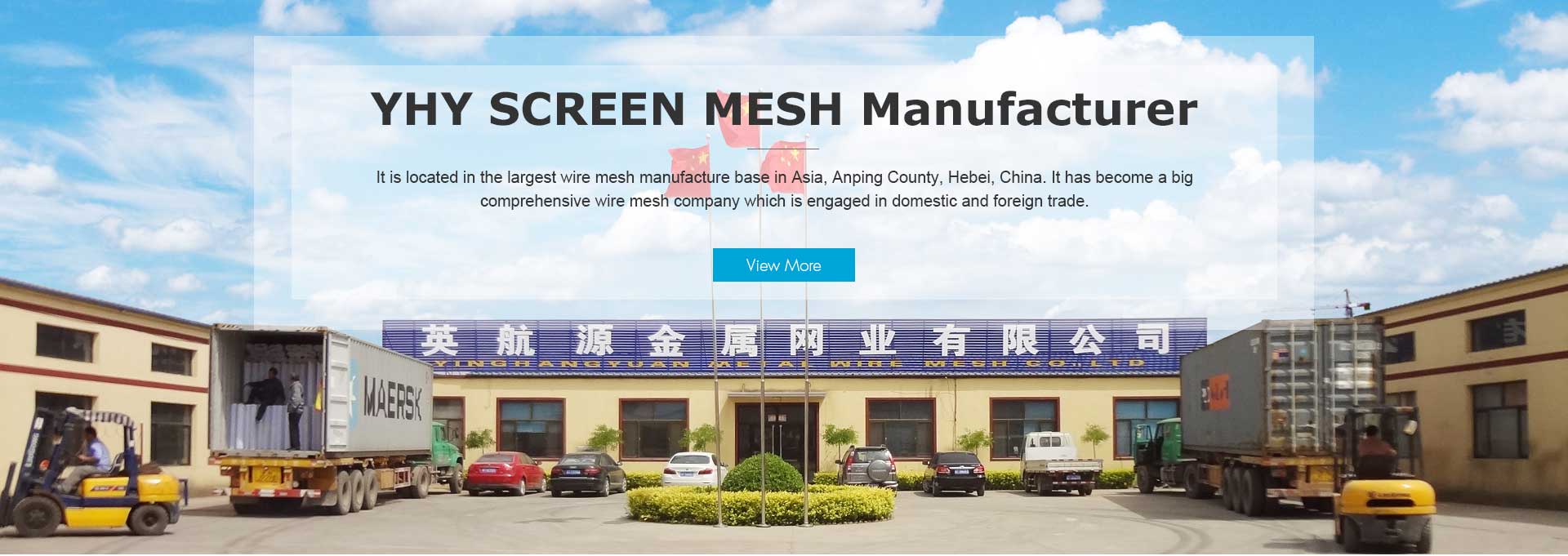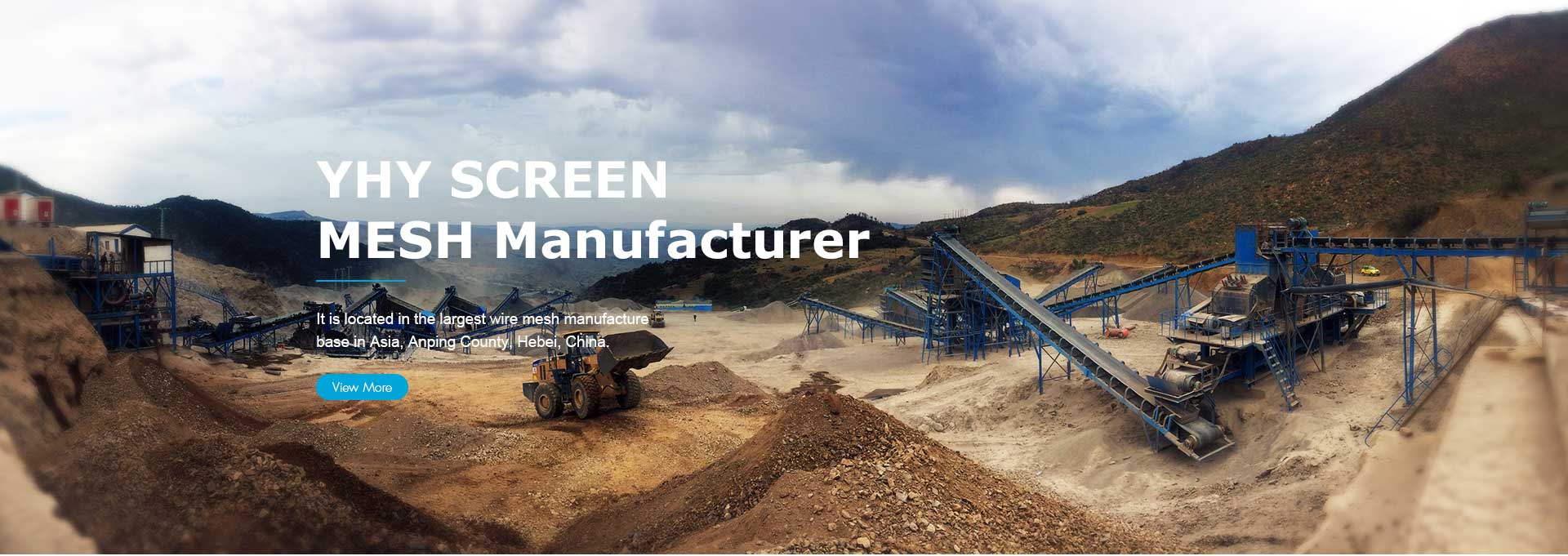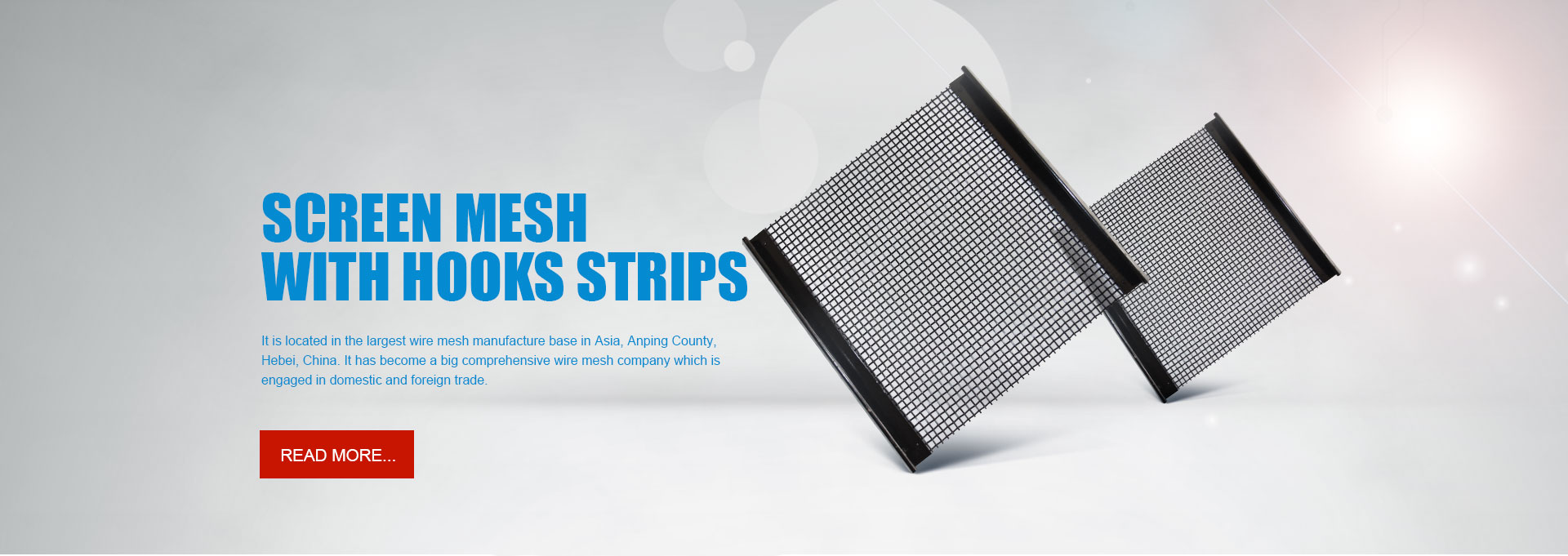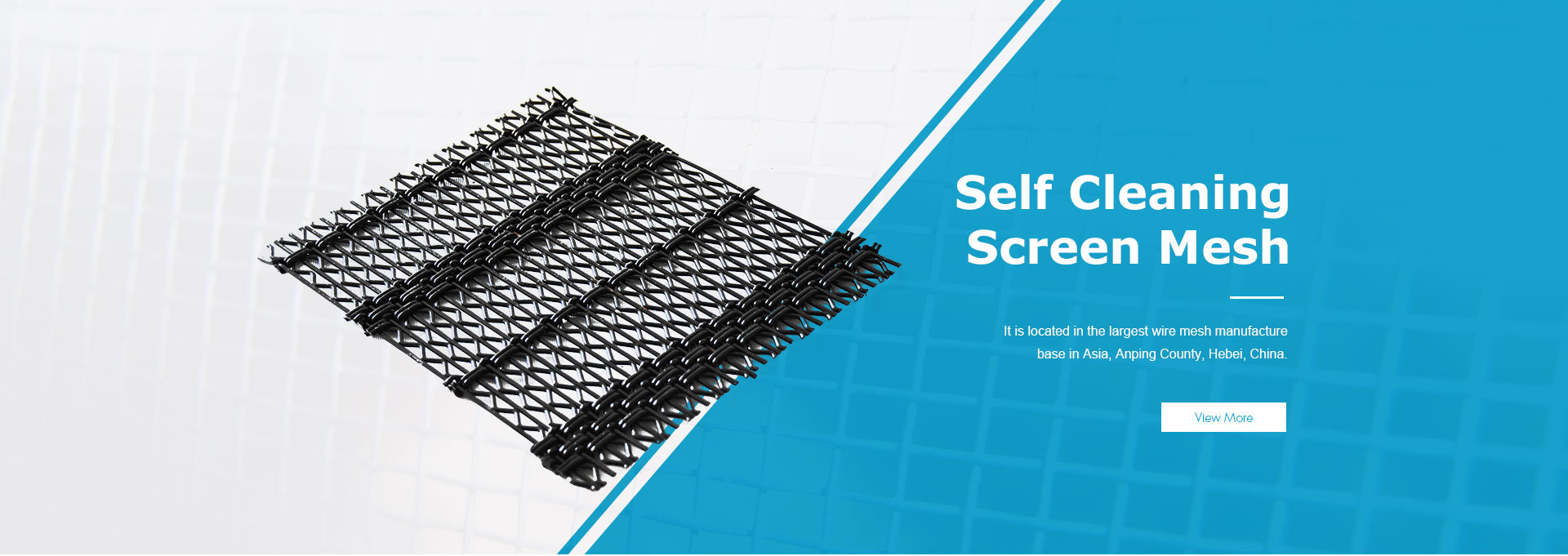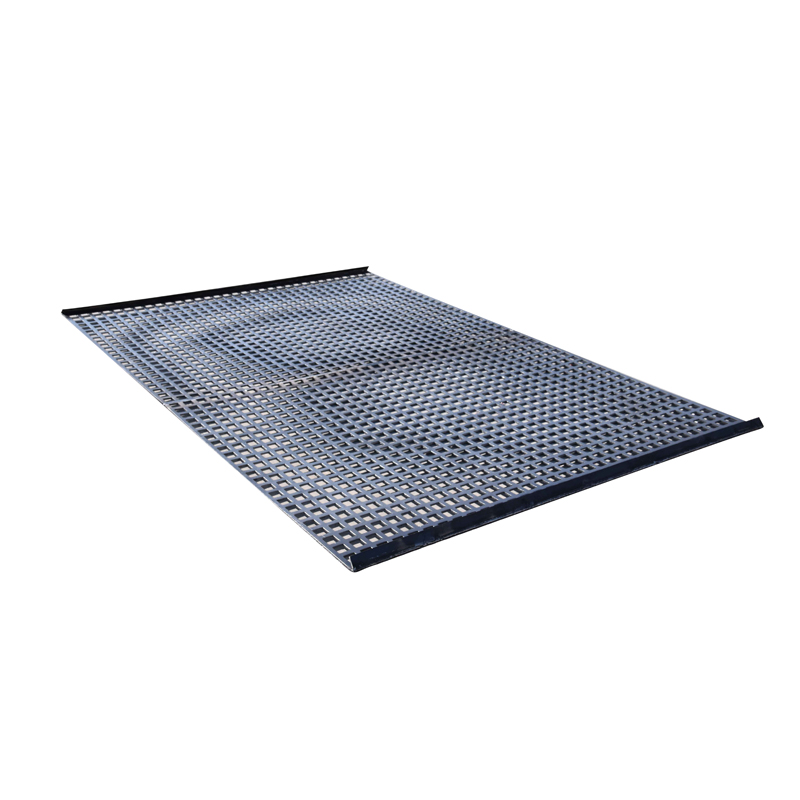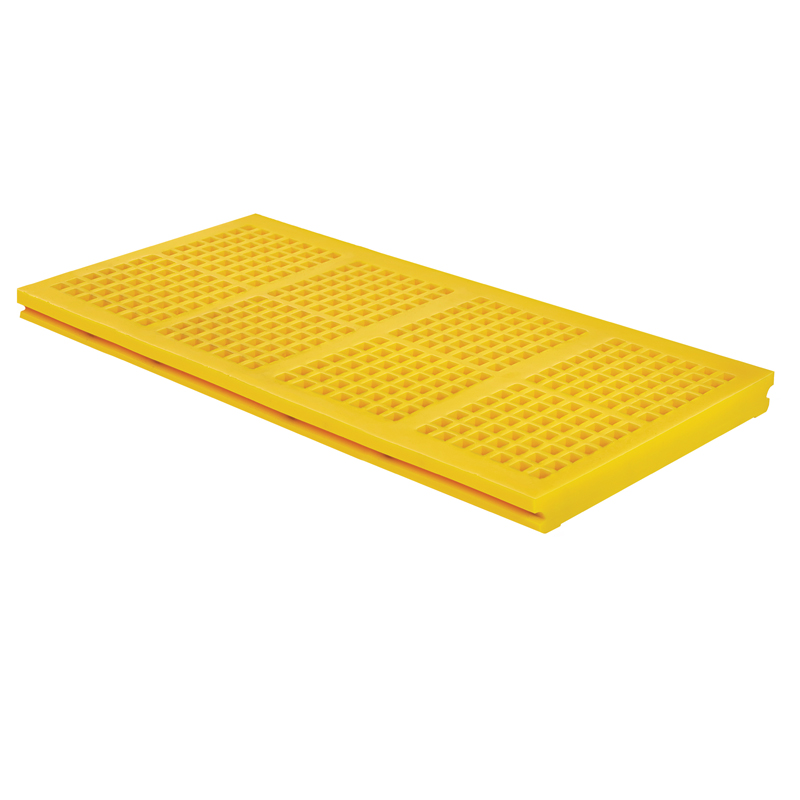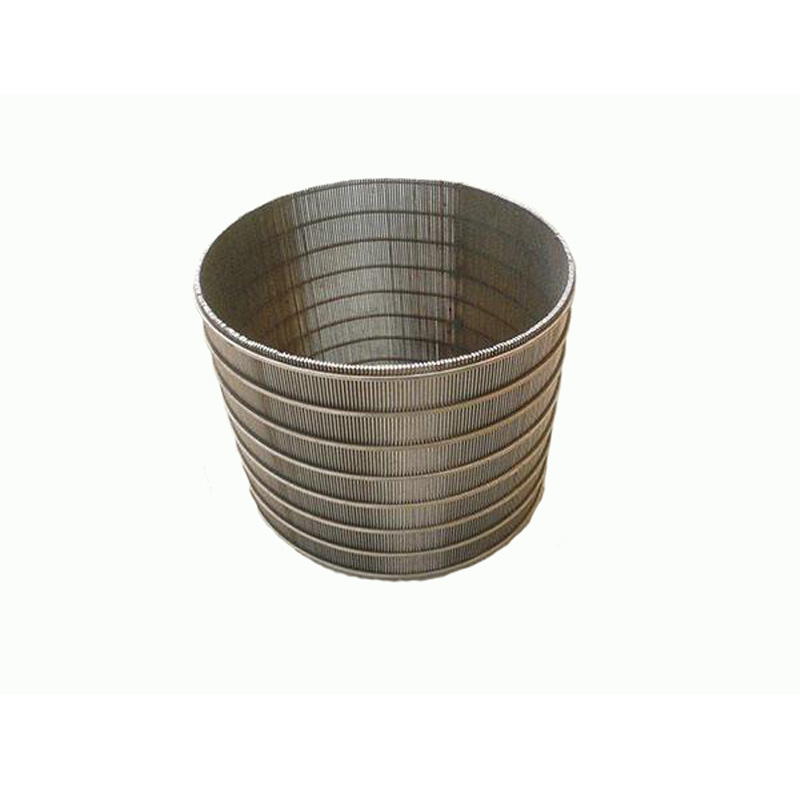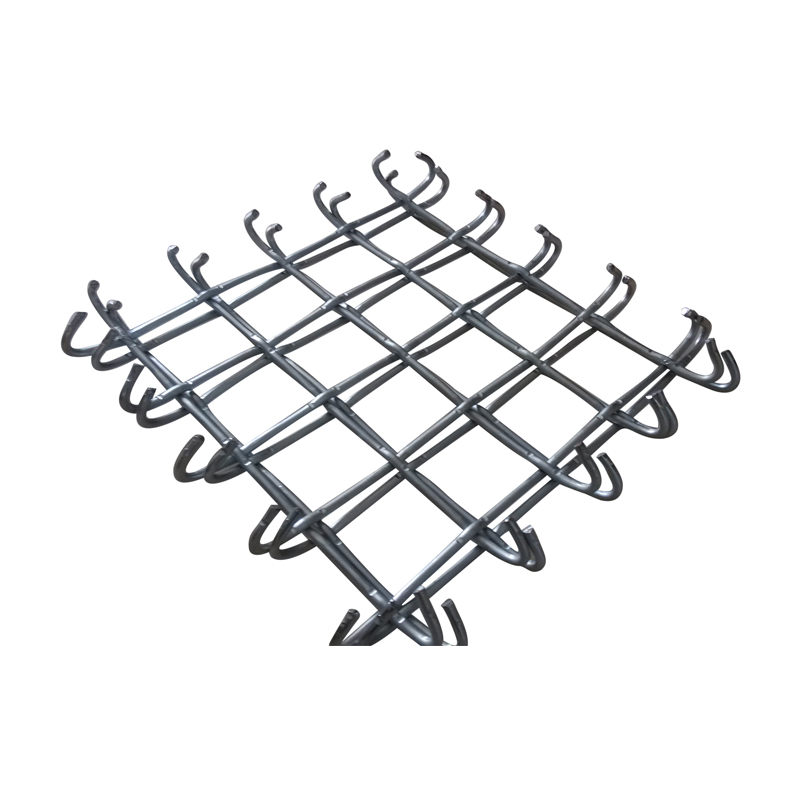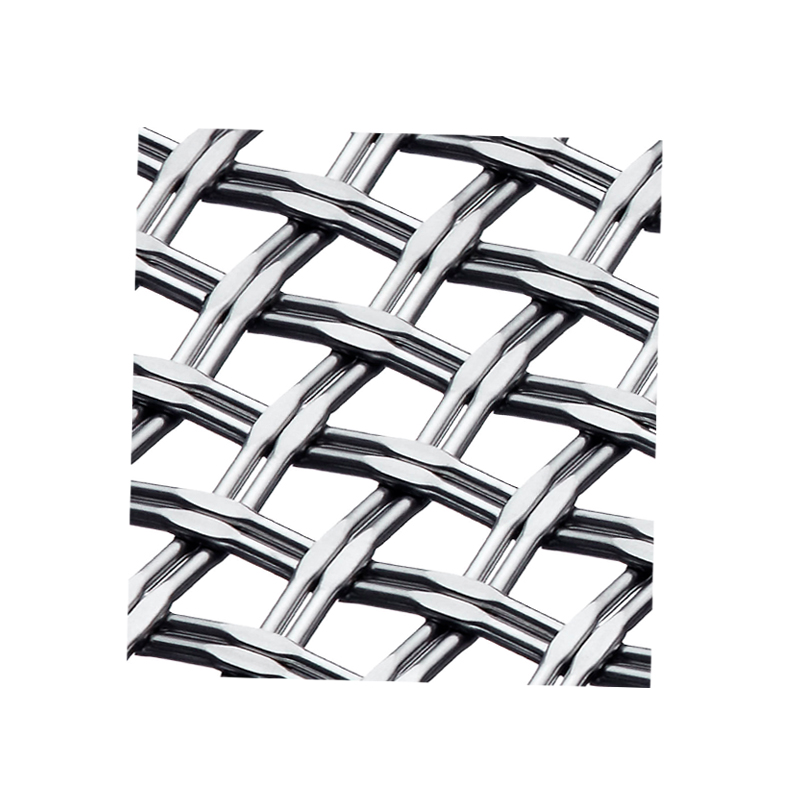1. Mechanism of Geogrid Soil Reinforcement
The mechanism of geogrid soil reinforcement lies in the interaction between the grid and the soil. This interaction can generally be categorized into three types:
1) Friction between the grid surface and the soil;
2) The "locking" effect of the grid holes on the soil;
3) The passive resistance of the soil to the grid ribs.
All three of these effects can effectively restrain the lateral displacement of soil particles, thereby significantly increasing the self-supporting stability of the soil. The extent to which each of these effects is exerted in the soil depends on factors such as the grid type, hole size, and soil particle size distribution.
2. Mechanical Effects of Geogrids
Geogrids utilize a unique process to realign the long-chain hydrocarbon molecules of polymers into a straight line along the direction of stretching. This results in high tensile strength and low elongation. The tensile strength of geogrids is close to that of mild steel. Combined with the locking effect of the holes on the soil and the passive resistance of the soil to the ribs, the geogrid's pullout resistance in the soil, or the geogrid's reinforcement effect on the soil, is significantly superior to other reinforced components. Furthermore, if the design strain (elongation) of the geogrid is kept below 10%, the geogrid exhibits virtually no creep. Therefore, geogrids, as a reinforcement material, possess superior mechanical properties compared to other geotechnical reinforcement products.
3. Effects of Geogrid Reinforced Soil
1) Increases foundation bearing capacity
2) Limits lateral displacement of the soil
3) Distributes stress. Replacing a thick sand cushion beneath a weak foundation can diffuse the base pressure to meet the load-bearing capacity of the weak foundation. Replacing the sand cushion with a geogrid-reinforced sand cushion achieves even better results. The stress diffusion angle of a reinforced sand base is approximately 70 degrees, significantly greater than the 30-degree stress diffusion angle of an unreinforced sand base.
4. Geogrid Durability
Geogrids are made from polypropylene or high-density polyethylene. The primary factor affecting their aging is light exposure—ultraviolet rays. Testing by the Shanghai Institute of Optics and Precision Mechanics shows that, shielded by a 3cm-thick cement board, the intensity of ultraviolet radiation is only 1/3.3 billion of that in the shade during the day. Geogrids buried deep in compacted earth fill experience virtually zero ultraviolet radiation. Furthermore, the addition of UV-blocking and anti-aging additives to geogrids has shown no significant change in tensile strength after UV exposure in the laboratory. Furthermore, experimental data shows that common acidic and alkaline solutions have no effect on polyethylene and polypropylene, making them fully suitable for permanent engineering applications.










